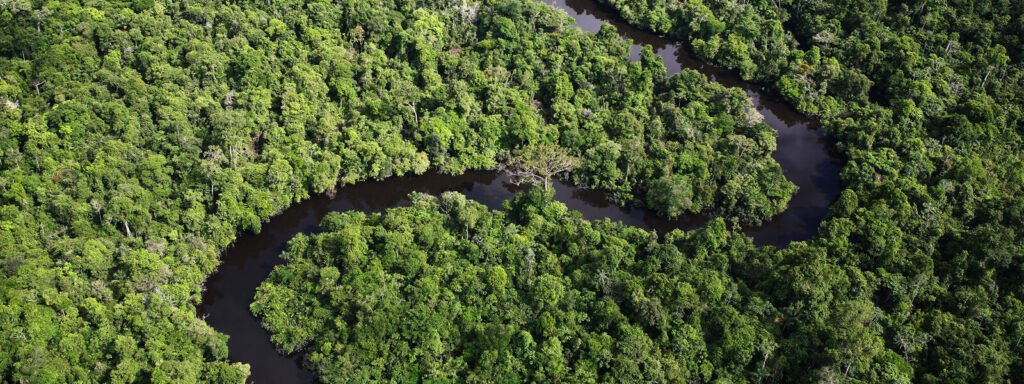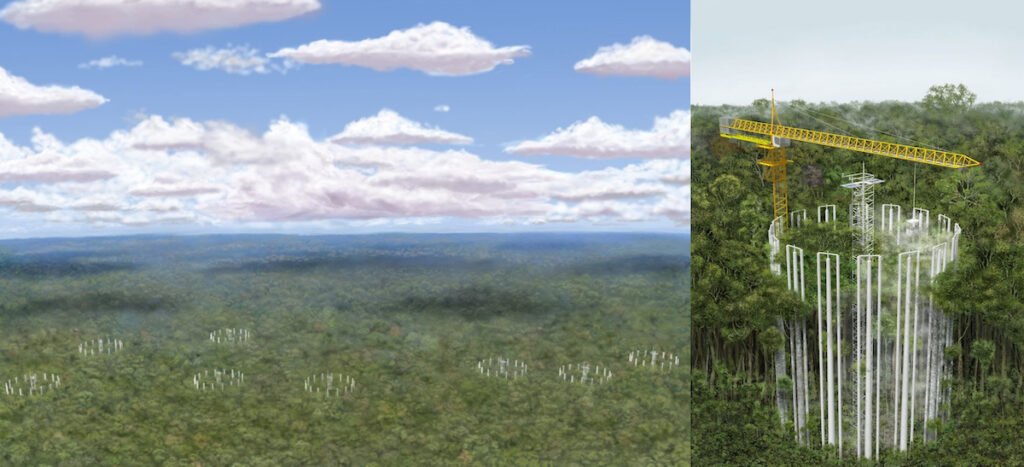The Amazon rainforest has been acknowledged as the planet’s “lungs” as it plays an integral part in sequestering carbon and impeding its discharge into the air, making it an essential “carbon sink” that preserves the habitability of our beloved planet Earth.

Recent studies have revealed that the Amazon forest, once considered a monumental climate solution, has now become a significant polluter due to rampant deforestation and wildfires. The release of carbon from its trees into the atmosphere has contributed to this alarming shift.
Regrettably, we do not possess adequate information to assess the impact of escalating carbon dioxide levels on the Amazon rainforest and ascertain if it has surpassed an irrevocable threshold into ecological contamination. However, this is about to change.

Introducing AmazonFACE, an exquisite Brazilian endeavor of unparalleled magnitude, aiming to observe the effects of climate change by implementing advanced towers that disperse carbon dioxide into a segment of the rainforest. With three towers releasing carbon dioxide and three serving as controls with no emissions, this experiment will provide unprecedented insights into the impact of climate change.
Utilizing the sophisticated Free Air CO2 Enrichment (FACE) technology, which has been under the US government’s scrutiny since the 1970s and was subsequently refined for agricultural purposes by Brookhaven National Laboratory, the experiment is set to take place in the Amazon, marking the first-ever FACE trial in this region. Prior to this, FACE experiments had been carried out in the US, specifically in Duke Forest and Nevada desert.

The objective of the experiment is to evaluate the impact of elevated carbon dioxide levels on the plant life and to ascertain whether the forest will eventually reach a critical point, leading to a shift from being a significant carbon sink to a substantial carbon emitter. This study holds immense potential to enlighten us about the measures that can be taken to alleviate the devastating effects of climate change.
Reference- National Geographic, INVERSE, FACE Technology experiment, World Wildlife Fund website






